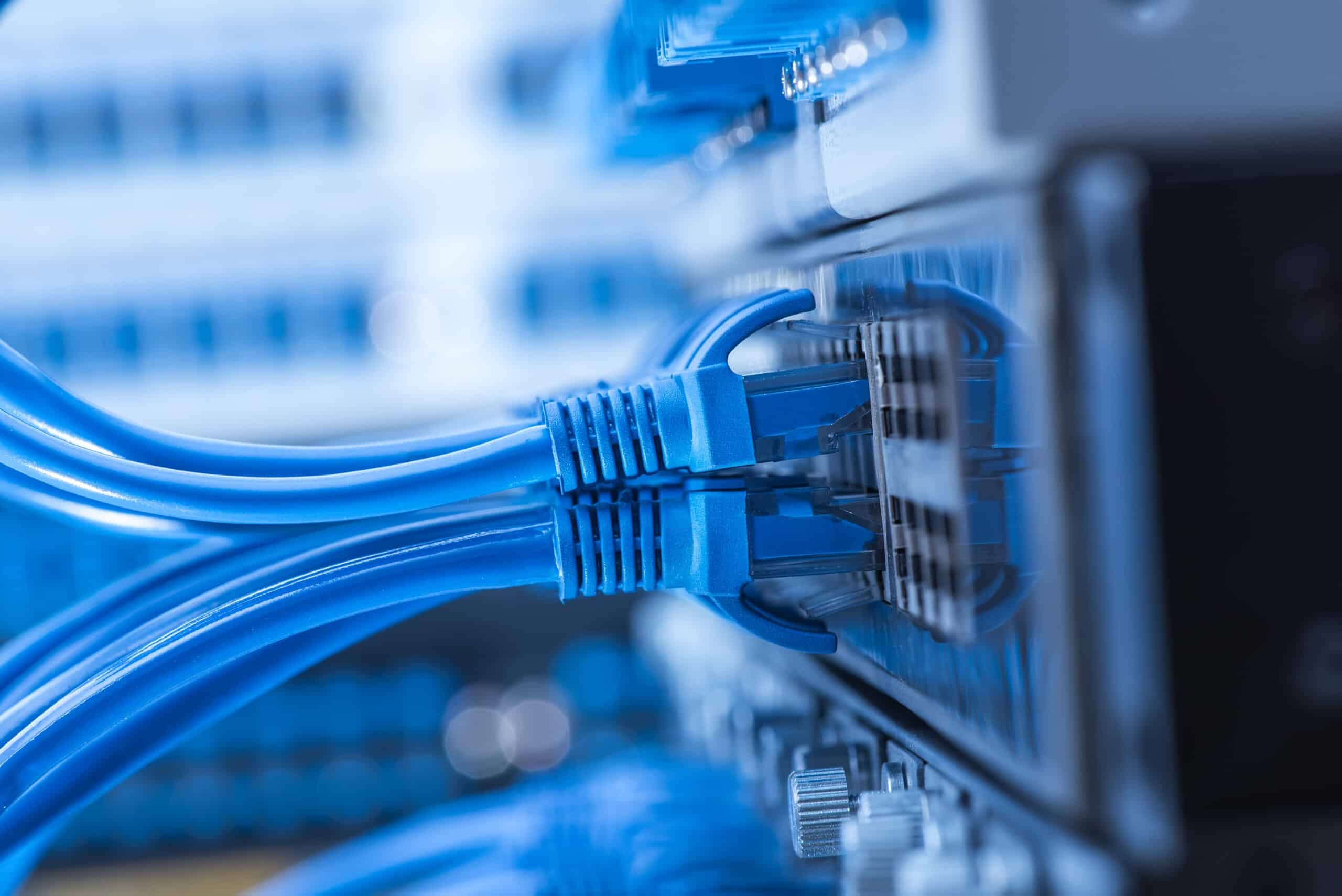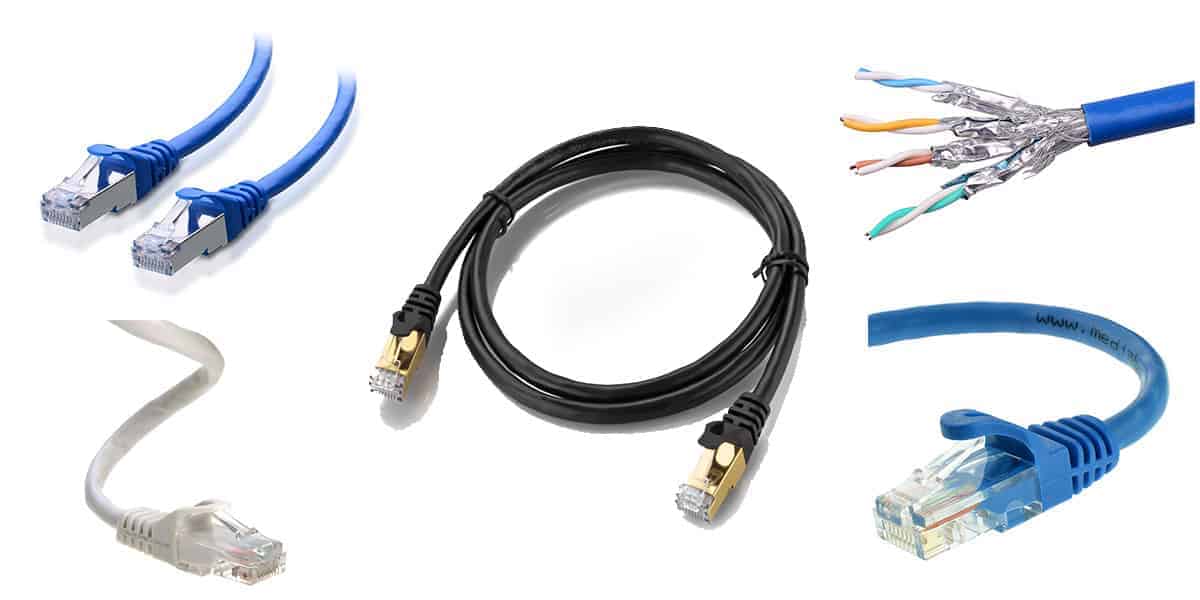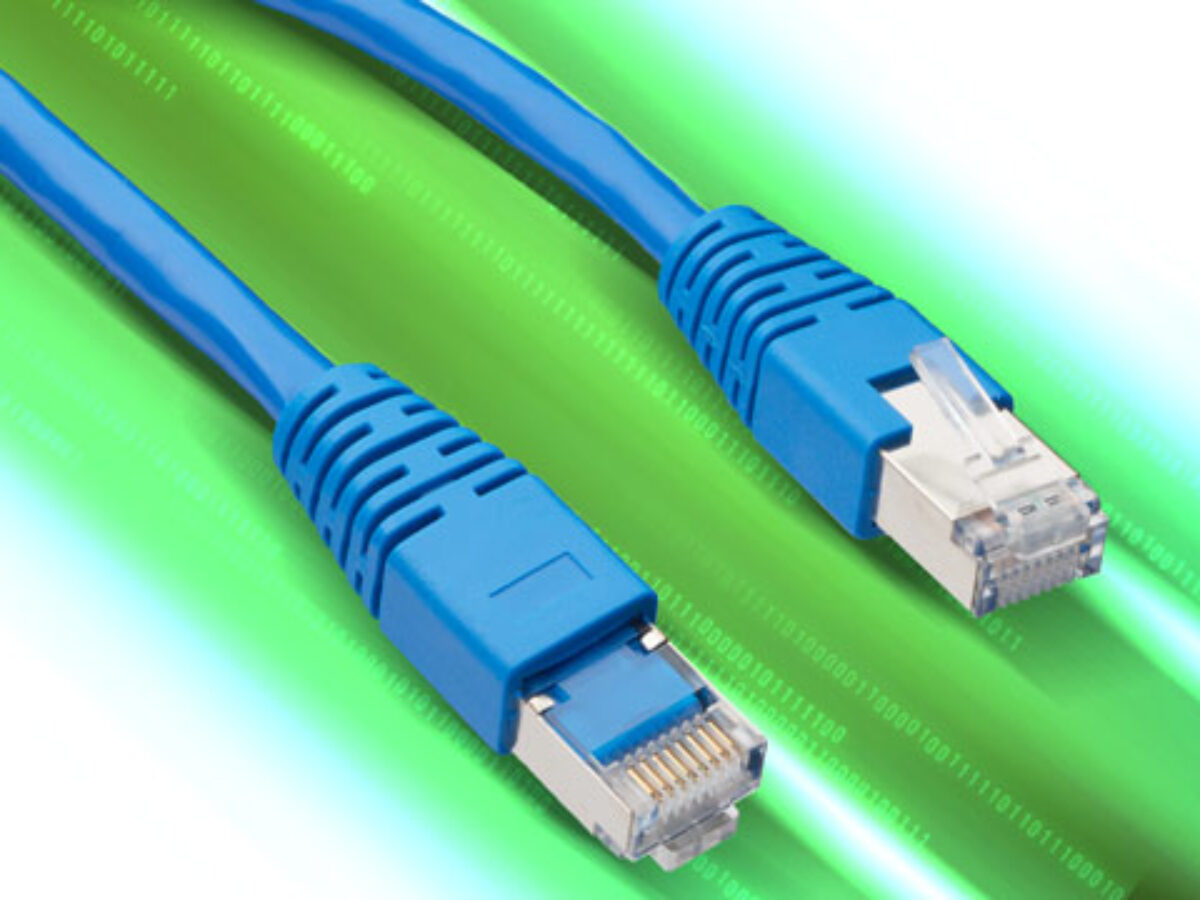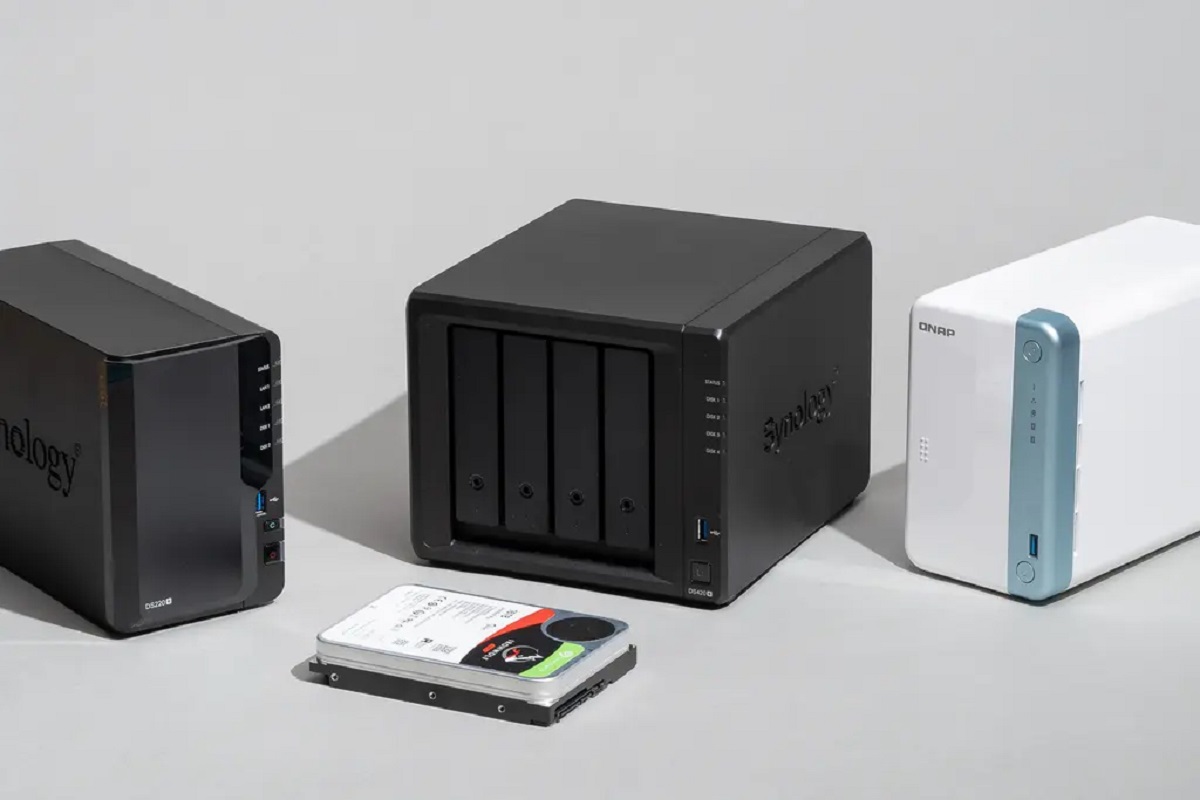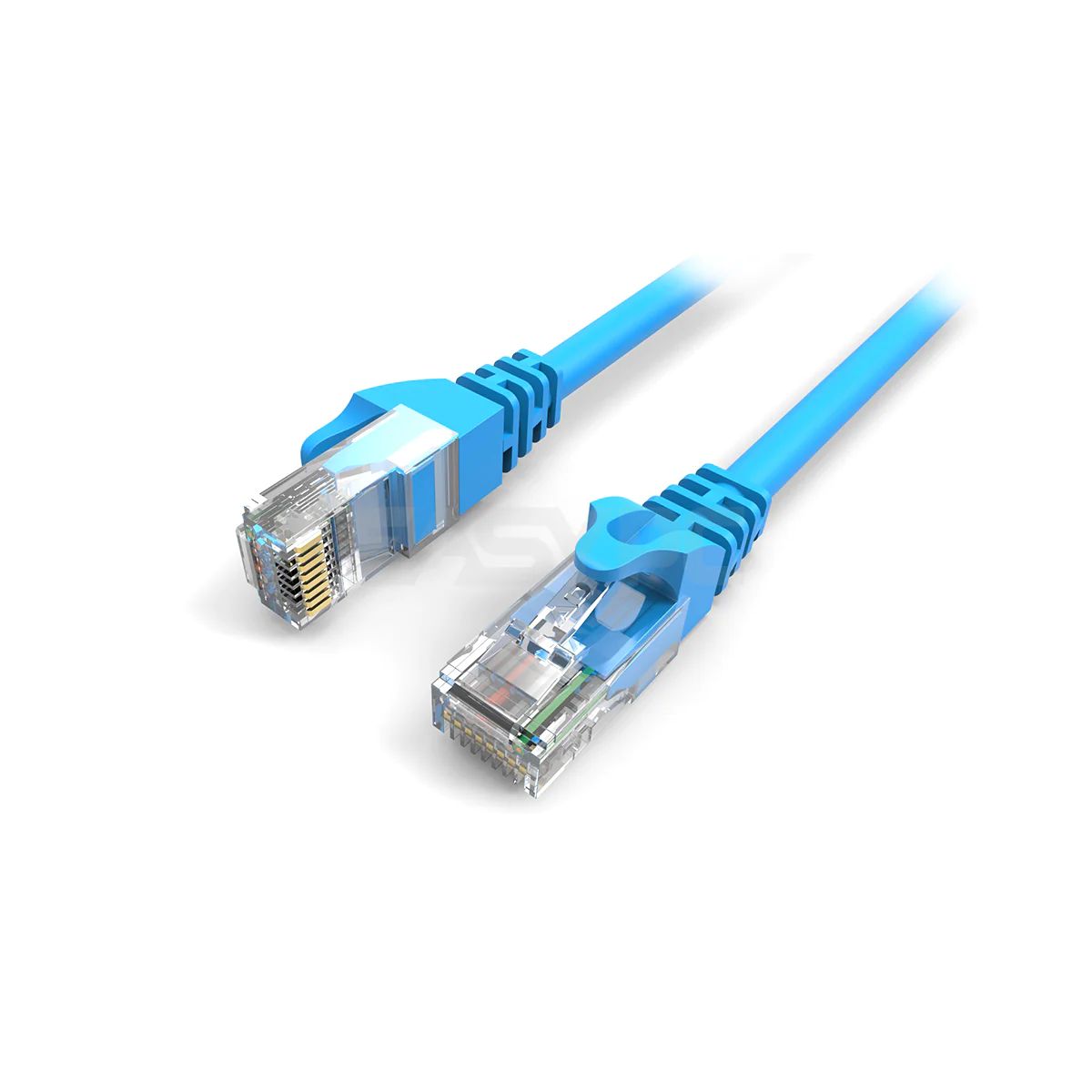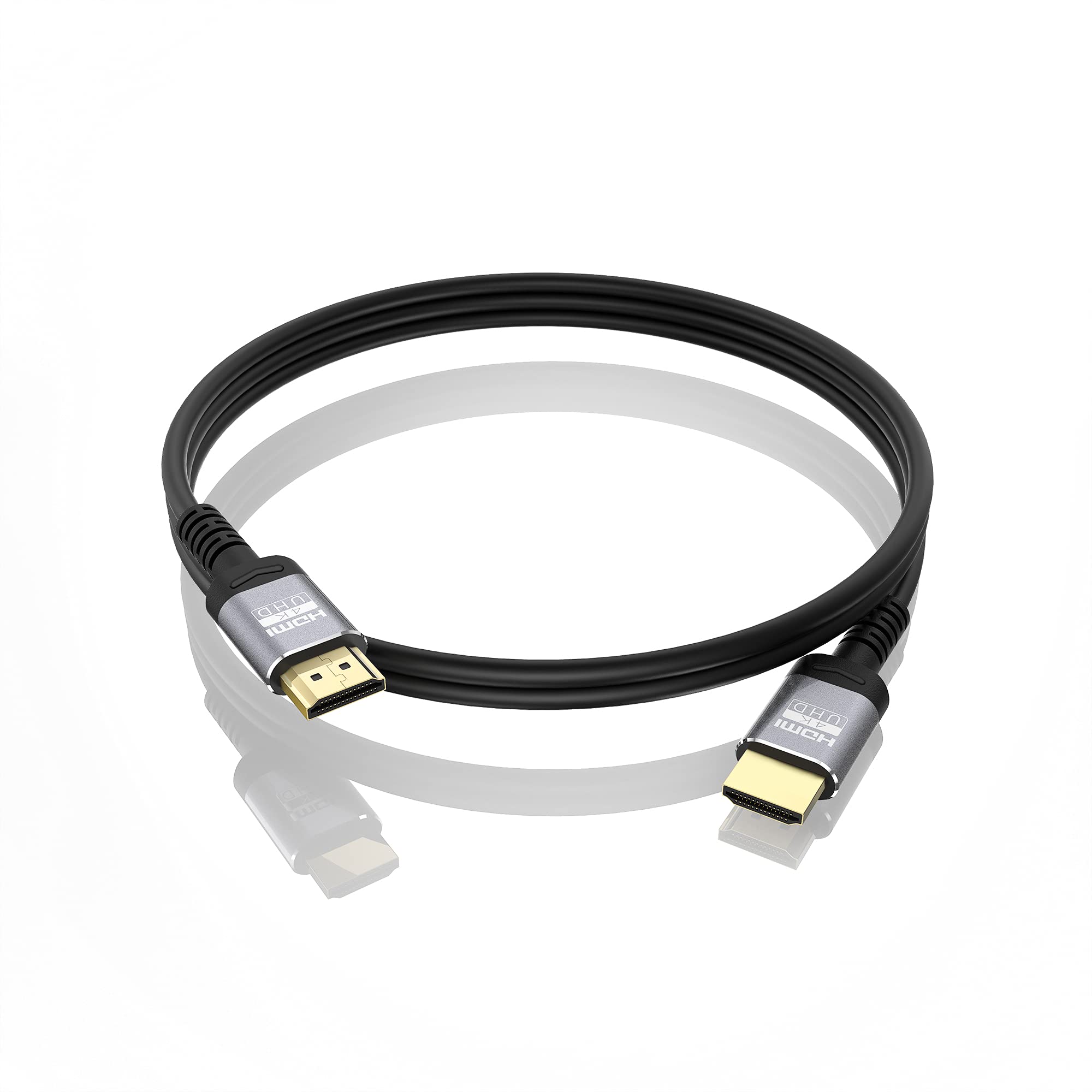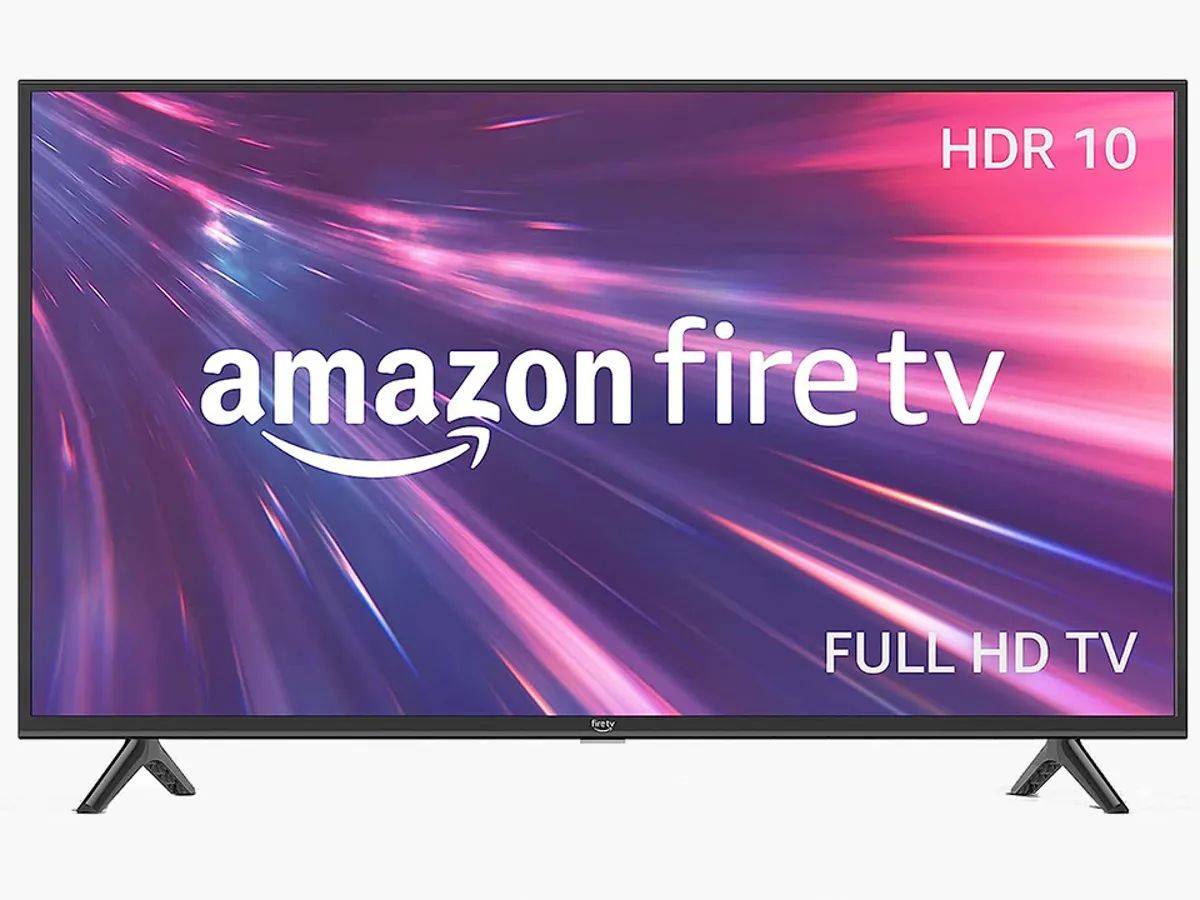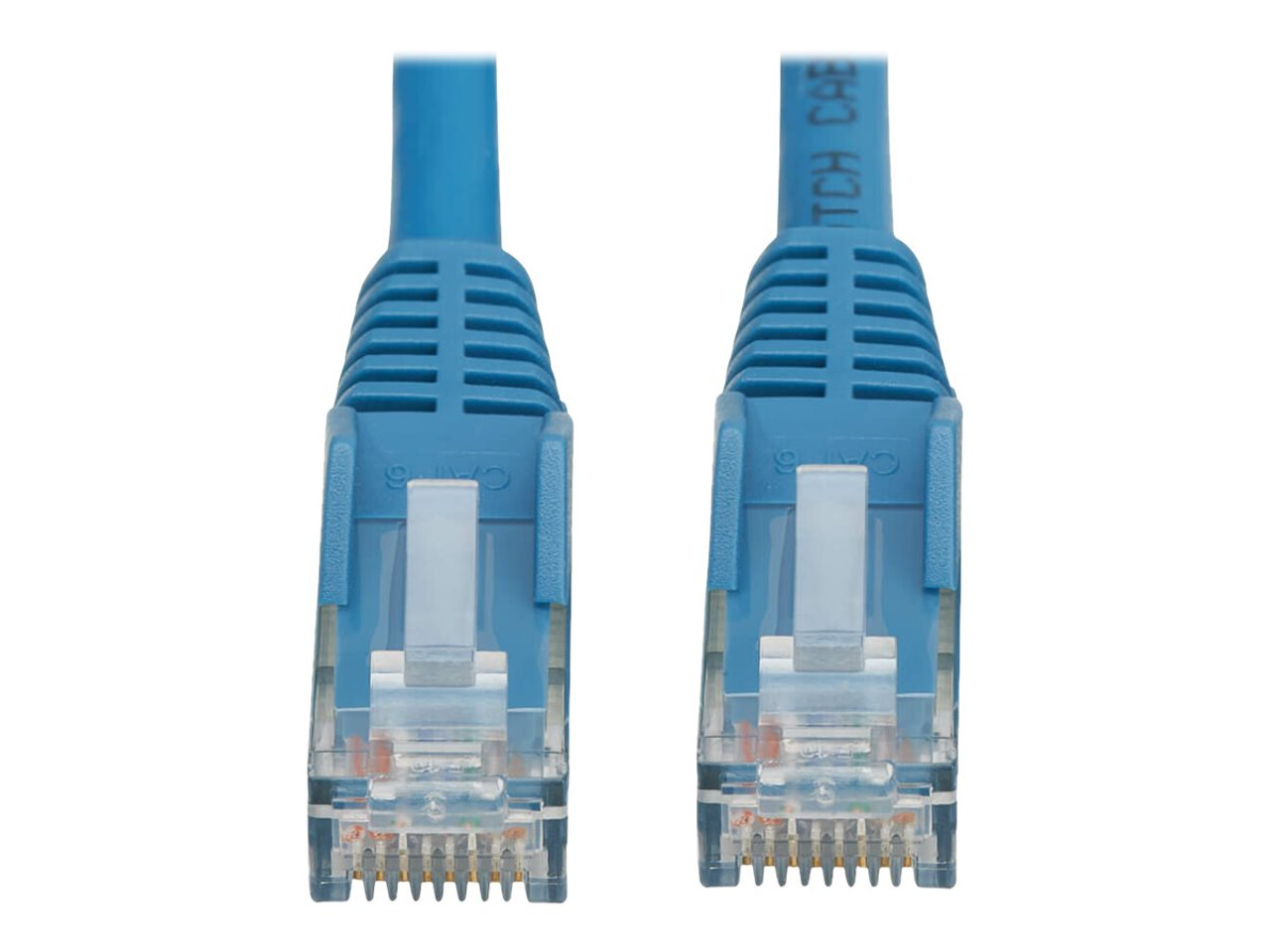Length of the Ethernet Cord
When choosing an Ethernet cord, one of the most important factors to consider is the length of the cable. The length you choose will depend on the specific requirements of your setup and the distance between the devices you need to connect. Here are three key points to consider when determining the appropriate length for your Ethernet cord:
- Distance: The first thing to consider is the distance between your devices. Measure the distance you need to cover, taking into account any bends or turns that the cable will need to take. It’s always a good idea to add a little extra length as a buffer to ensure that you have enough cable to reach your intended destination.
- Signal Degradation: It’s important to understand that Ethernet signals can degrade over longer cable runs. The longer the cable, the more likely you’ll experience signal loss or interference. This can result in slower data transmission speeds or even connectivity problems. To mitigate this, choose a cable length that minimizes the chances of signal degradation based on your specific requirements.
- Cable Organization: Another factor to consider is cable management and organization. Longer cables can be more difficult to manage and may require additional effort to properly conceal, especially in a clean and professional-looking setup. Measure the available space and assess how much cable management will be required to ensure a neat and organized installation.
By considering these three factors – distance, signal degradation, and cable organization – you can determine the appropriate length for your Ethernet cord. It’s always better to have a slightly longer cable than needed, as you can always coil or neatly secure any excess length. Remember to choose a high-quality Ethernet cord from a reputable brand to ensure optimal performance and reliability.
Category and Speed Ratings
When selecting an Ethernet cord, it’s crucial to consider the category and speed ratings of the cable. These ratings determine the maximum data transfer speed and performance capabilities of the cord. Here are three important points to consider:
- Category Ratings: Ethernet cables come in different categories, including Cat5e, Cat6, Cat6a, and Cat7. Each category has specific standards and performance capabilities. Cat5e is the most common and affordable option, offering speeds up to 1 Gbps. Cat6 and Cat6a offer higher performance and bandwidth, capable of reaching speeds up to 10 Gbps and 10/40 Gbps, respectively. Cat7 offers the highest performance, supporting speeds of up to 100 Gbps over shorter distances. Consider your specific networking needs to determine the most appropriate category for your setup.
- Speed Ratings: Alongside the category ratings, Ethernet cables also have speed ratings that indicate the maximum data transfer speed. The speed ratings are typically denoted by numbers such as 10/100/1000 Mbps or 10Gbps. Ensure that the cable you choose can support the desired speed of your network. Always opt for cables with a higher speed rating if you anticipate the need for faster connectivity in the future.
- Compatibility: It’s essential to ensure that the Ethernet cord you choose is compatible with your networking devices. Different categories have different connectors, so double-check that the cable’s connectors fit snugly into your devices’ Ethernet ports. Additionally, consider any specialized requirements such as PoE (Power over Ethernet) compatibility if needed for devices like IP cameras or wireless access points.
By taking into account the category and speed ratings, as well as compatibility with your devices, you can choose an Ethernet cord that meets your specific networking needs. Remember to always prioritize quality and purchase cables from reputable brands to ensure optimal performance and reliability for your network.
Shielding and Interference
Shielding and interference are important factors to consider when choosing an Ethernet cord, as they can significantly impact the overall performance and reliability of your network connection. Here are three key points to keep in mind:
- Shielding: Ethernet cables come in two main types of shielding: shielded (STP) and unshielded (UTP). Shielded cables have an additional layer of protection in the form of foil or braided shielding, which helps to reduce electromagnetic interference. This can be especially beneficial in environments where there are high levels of electrical noise or interference, such as near power cables or in industrial settings. Unshielded cables, on the other hand, are more affordable and suitable for environments with minimal interference.
- Interference: Interference can limit the effectiveness and speed of your Ethernet connection. It can be caused by various sources, including nearby electrical devices, other data cables, or even Wi-Fi signals. Shielding in Ethernet cables helps to mitigate this interference by blocking out external signals. If you anticipate a higher risk of interference in your setup, it’s advisable to opt for shielded cables to ensure a more stable and reliable connection.
- Cable Quality: The quality of the Ethernet cable itself plays a crucial role in shielding and minimizing interference. Cheap or poorly constructed cables may not provide adequate shielding, leading to degraded performance and potential connectivity issues. Therefore, it’s important to invest in high-quality cables from reputable manufacturers to ensure optimal shielding properties and minimize the risk of interference.
By considering the shielding capabilities of the Ethernet cable and assessing the potential interference in your environment, you can make an informed decision on the type of cable that best suits your needs. Choose shielded cables for environments with higher interference levels, and prioritize the purchase of high-quality cables to ensure reliable and uninterrupted network connectivity for your devices.







